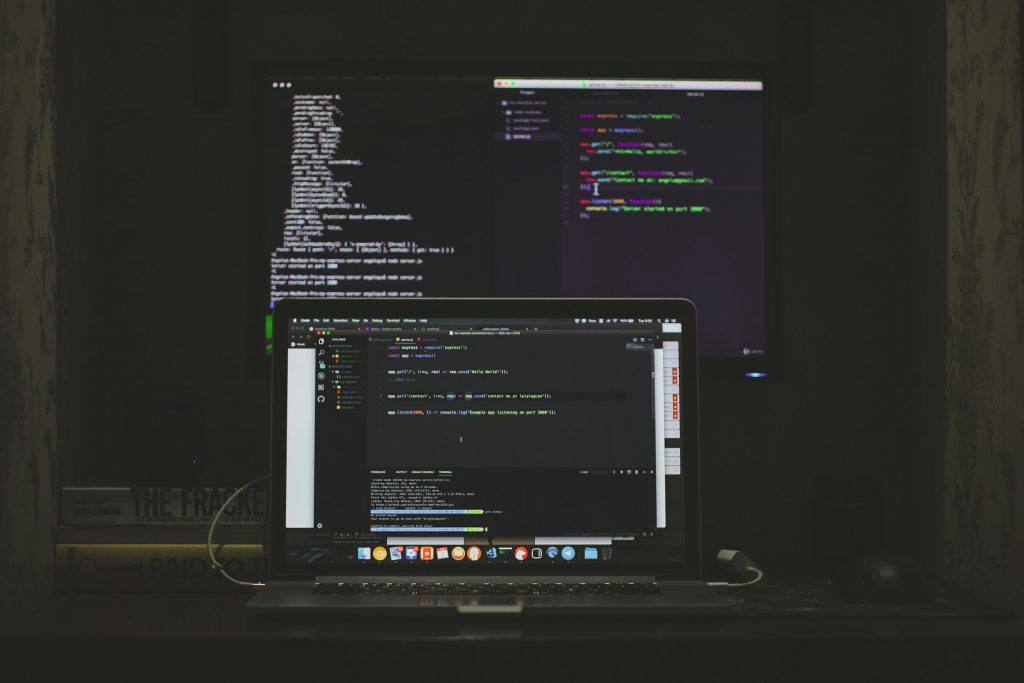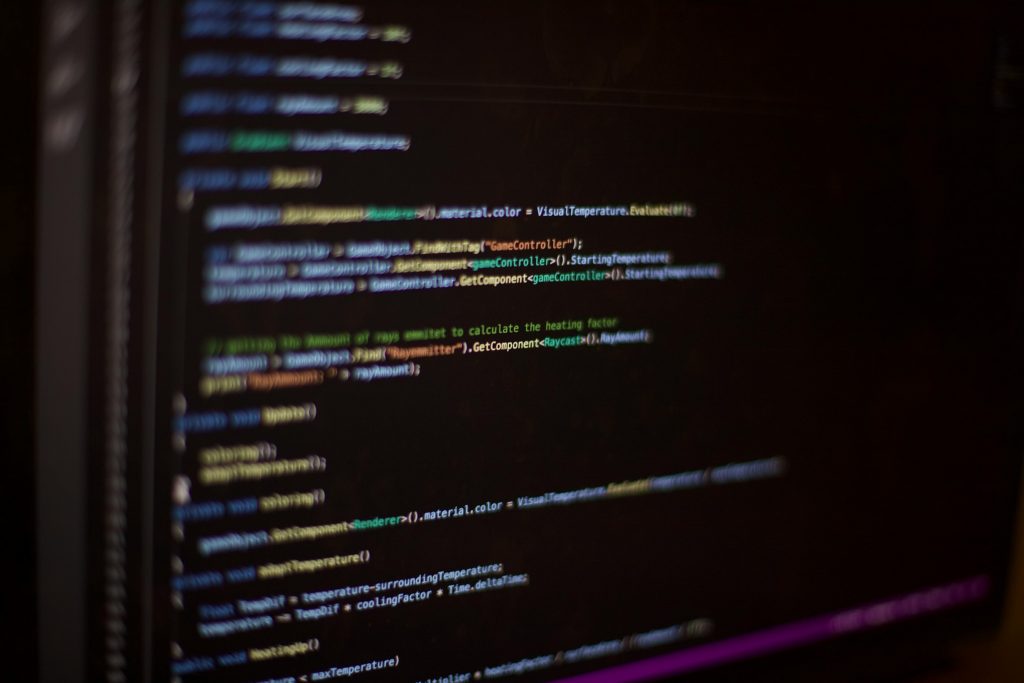Crafting Excellence in Software
Let’s build something extraordinary together.
Rely on Lasting Dynamics for unparalleled software quality.
Luis Lambert
Oct 08, 2025 • 10 min read

Smoke testing in software is a quick, high-level check performed on a new build to ensure the core functionality works and the system is stable enough for further testing.
In today’s fast-paced software development landscape, ensuring the stability and reliability of every new build is more critical than ever. As organizations accelerate their release cycles and adopt continuous integration and deployment, the risk of introducing critical bugs into production increases. Smoke testing in software has emerged as a vital safeguard, acting as the first line of defense against unstable builds and costly defects. This approach is not just a technical necessity but a strategic advantage for teams aiming to deliver high-quality products consistently.
The growing complexity of modern applications, coupled with the demand for rapid feature delivery, means that traditional, exhaustive testing methods alone are no longer sufficient. Smoke testing provides a quick, efficient way to verify that the most essential functionalities of an application are working as expected before deeper testing begins. By catching show-stopping issues early, teams can save time, reduce costs, and maintain user trust.
As we move into the end of 2025 and the upcoming 2026, the importance of smoke testing in software continues to rise. With the proliferation of automated pipelines, cloud-native architectures, and global user bases, organizations need robust, scalable quality assurance practices. Smoke testing stands out as a proven method to ensure that every build is stable, reliable, and ready for further validation, making it an indispensable part of modern software engineering.

Smoke testing in software is vital to understand how the code is working. Photo by Safar Safarov on Unsplash: https://unsplash.com/photos/turned-on-macbook-pro-LKsHwgzyk7c
Smoke testing in software, often referred to as "build verification testing" or "confidence testing," is a preliminary testing process that checks whether the most critical functions of a software build are working correctly. This type of testing is typically performed immediately after a new build or code change is deployed, serving as a gatekeeper before more comprehensive testing phases commence. The primary goal is to quickly assess the stability and basic functionality of the application, ensuring that it is suitable for further testing.
This approach is especially valuable in agile and DevOps environments, where rapid iteration and frequent deployments are the norm. By providing immediate feedback on the health of a build, smoke testing helps teams identify and address critical issues early, preventing unstable builds from progressing further in the development lifecycle.
The primary purpose of smoke testing in software is to verify that the most vital features of an application are functioning as intended after each new build or significant code change. This ensures that the build is stable enough to proceed with more rigorous and detailed testing, such as regression, integration, or user acceptance testing. If the smoke test fails, the build is rejected, and further testing is halted until the critical issues are resolved.
Smoke testing acts as a safety net, catching major defects that could otherwise disrupt the entire testing process. By focusing on the core workflows and critical paths, it allows teams to quickly identify show-stopping bugs that would render further testing pointless. This not only saves time and resources but also helps maintain a high standard of quality throughout the development cycle.
In addition to its technical benefits, smoke testing fosters better communication and collaboration among developers, testers, and stakeholders. By providing clear, consistent signals about the health of a build, it enables informed decision-making and ensures that everyone is aligned on the readiness of the software for further validation.
One of the most significant benefits of smoke testing in software is the early detection of critical issues. By running a suite of essential tests immediately after a new build, teams can catch major bugs before they propagate further into the development cycle. This proactive approach reduces the risk of costly late-stage fixes and minimizes the impact of defects on end users.
Smoke testing also saves time and resources by filtering out faulty builds early in the process. Instead of investing effort in exhaustive testing of unstable software, teams can focus their attention on builds that have already passed the most crucial checks. This efficient allocation of resources leads to faster release cycles and improved productivity.
Another key advantage is the improvement of overall release quality. Consistent smoke testing ensures that only builds meeting the minimum quality standards move forward, reducing the likelihood of major defects reaching production. This not only boosts customer satisfaction but also strengthens the reputation of the development team and the organization as a whole.
Despite its many advantages, smoke testing in software is not without its challenges. One of the most common pain points is incomplete coverage. Because smoke tests are intentionally shallow, they may miss defects in less-used features or edge cases, leaving some issues undetected until later testing phases. This limitation underscores the importance of complementing smoke testing with more comprehensive testing strategies.
Another challenge is the risk of false confidence. Passing a smoke test does not guarantee that the build is free of defects, as the scope of these tests is limited to the most critical functionalities. Teams must be careful not to rely solely on smoke testing and should always follow up with deeper validation to ensure overall software quality.
Maintaining the smoke test suite can also be a source of frustration, especially as applications evolve and new features are added. Test cases must be regularly reviewed and updated to reflect changes in critical functionality, or they risk becoming outdated and ineffective. This maintenance overhead can strain resources, particularly in fast-moving development environments.

Despite the challenges, is important to do a in depth testing, exploring every possibility with the code. Photo by Flipsnack on Unsplash: https://unsplash.com/photos/two-men-sitting-in-front-of-a-laptop-computer-Hp4RPL_Z6wE
Smoke testing in software can be conducted using manual, automated, or hybrid methodologies, each with its own strengths and use cases. Manual smoke testing involves testers executing a predefined set of test cases that cover the core functionalities of the application. This approach is suitable for small projects or when automation is not yet in place, relying on checklists or basic scripts to verify essential features.
Automated smoke testing, on the other hand, leverages scripts and testing tools to run smoke tests quickly and consistently after every build or deployment. Automation is particularly valuable in continuous integration and continuous deployment (CI/CD) pipelines, where rapid feedback is essential. Tools such as Selenium, Jenkins, and Robot Framework are commonly used to automate smoke testing, enabling teams to validate new builds with minimal manual intervention.
A hybrid approach combines manual and automated smoke testing, especially in complex environments where some features are better tested manually while others are suited for automation. This flexibility allows teams to tailor their smoke testing strategy to the specific needs of their project, balancing speed, coverage, and reliability.
The evolution of smoke testing in software has been driven by the adoption of powerful automation tools and frameworks. Selenium is a popular choice for web applications, offering open-source support for multiple browsers and seamless integration with CI/CD tools like Jenkins and GitLab CI. Selenium allows teams to script and execute smoke tests that mimic real user interactions, ensuring that critical paths are always verified after each deployment.
For mobile applications, Appium stands out as a cross-platform, open-source tool that supports both iOS and Android devices. Appium enables automated smoke testing across different devices and operating systems, ensuring that essential features work consistently for all users. Cucumber is another valuable tool, particularly for behavior-driven development (BDD), as it uses human-readable test scenarios that bridge the gap between technical and non-technical stakeholders.
Other notable tools include TestComplete, which offers both scripted and scriptless test creation for web, desktop, and mobile applications, and Ranorex, favored by enterprises for its ease of use and integration with existing QA workflows. Jenkins plays a crucial role in orchestrating automated smoke tests within CI/CD pipelines, providing immediate feedback to developers and supporting rapid release cycles.
Smoke testing in software is closely related to several other testing methodologies, each serving a distinct purpose within the software development lifecycle. Regression testing, for example, is a comprehensive process that verifies whether recent code changes have adversely affected existing functionalities. While smoke testing checks if the build is stable enough for further testing, regression testing ensures that new changes haven’t broken anything that previously worked.
Sanity testing is another related approach, focusing on specific functionalities after minor changes or bug fixes. Unlike smoke testing, which is broad and shallow, sanity testing is narrow and deep, targeting only the affected areas. Functional testing, on the other hand, involves detailed verification of each function of the software against the requirement specification, going much deeper than smoke testing.
Integration testing checks the interactions between integrated modules or components, ensuring they work together as expected. Smoke testing is often performed before integration testing to validate the build’s readiness for further validation. User acceptance testing (UAT) is the final phase, where actual users validate the software against their requirements, occurring much later in the development process.
Let’s build something extraordinary together.
Rely on Lasting Dynamics for unparalleled software quality.
To maximize the value of smoke testing in software, teams should follow several best practices. First, it is essential to define a clear scope for smoke testing, identifying and documenting the critical functionalities that must be tested in every build. The scope should be limited to the most essential features, ensuring that the tests remain fast and focused.
Maintaining the smoke test suite is equally important. As the application evolves, test cases must be regularly reviewed and updated to reflect changes in critical functionality. Automation should be leveraged wherever possible, increasing speed and consistency, especially for repetitive smoke tests. Integrating smoke testing into the CI/CD pipeline ensures that issues are caught early and unstable builds are prevented from progressing.
Finally, teams should document the results of smoke tests for traceability and continuous improvement. Regularly reviewing and refining the smoke test suite helps maintain its relevance and effectiveness, ensuring that it continues to provide value as the application grows and changes.

Remember to always test your code in any chance possible. Photo by Bernd Dittrich on Unsplash: https://unsplash.com/photos/a-computer-screen-with-a-bunch-of-text-on-it-mNnP9e1wROc
The rise of agile methodologies, DevOps practices, and continuous integration/continuous deployment (CI/CD) pipelines has transformed the role of smoke testing in software. In these fast-paced environments, automated smoke tests are integrated into the development workflow, running on every build or deployment to provide immediate feedback. This continuous validation supports rapid iteration and frequent releases without compromising on quality.
Smoke testing acts as a gatekeeper in CI/CD pipelines, ensuring that only stable builds are promoted to staging or further testing environments. By catching critical issues early, teams can avoid the costly and time-consuming process of debugging unstable builds later in the cycle. This approach not only improves product quality but also accelerates delivery, enabling organizations to respond quickly to changing market demands.
In agile teams, smoke tests are often created for each sprint, ensuring code stability before regression testing begins. This practice saves time and ensures that only stable code is subjected to more detailed QA, preventing wasted effort on faulty builds and supporting a culture of continuous improvement.
At Lasting Dynamics, smoke testing plays a central role in ensuring that every software project we deliver maintains stability and reliability from the very beginning. Rather than waiting until later stages of quality assurance, we integrate smoke testing into our development workflow as an early safeguard. This allows us to validate that critical functionalities are working after each build, preventing unstable versions from advancing into more complex and time-consuming testing phases.
Our teams typically embed automated smoke tests into CI/CD pipelines, so every update or pull request is verified against a quick yet comprehensive suite. This rapid feedback loop helps developers detect breaking changes within minutes, reducing the risk of flawed builds reaching production. By catching these issues early, we minimize wasted QA effort, accelerate release cycles, and maintain consistent product quality across web, mobile, and enterprise-level applications.
Through this approach, smoke testing at Lasting Dynamics becomes more than just a technical step, it is a strategic quality gate. It ensures that clients receive solutions that are not only feature-rich but also stable, scalable, and resilient from the ground up.
Smoke testing in software has become an indispensable practice for modern development teams, providing a quick and reliable way to validate the stability of new builds. As software projects grow in complexity and release cycles accelerate, the need for efficient, automated smoke testing will only continue to increase. By catching critical issues early, saving time and resources, and supporting continuous delivery, smoke testing plays a vital role in maintaining high product quality and user satisfaction.
Looking ahead, the integration of AI-powered test maintenance, cloud-based execution, and advanced analytics will further strengthen the impact of smoke testing in software. Organizations that invest in robust smoke testing practices today will be well-positioned to navigate the challenges of tomorrow’s software landscape, delivering reliable, scalable, and innovative solutions to their users.
By embracing best practices, the digital transformation, leveraging the right tools, and fostering a culture of quality, teams can ensure that smoke testing remains a cornerstone of their software development strategy. In an era where speed and reliability are paramount, smoke testing stands as a proven method for building confidence in every release.
Ready to build confidence in every release? Discover how smoke testing in software can safeguard your projects, accelerate delivery, and ensure top-tier quality. 👉 Contact Lasting Dynamics today to learn how our expert QA solutions can help your team implement robust smoke testing practices and achieve reliable, scalable software success.
Smoke testing in software is a preliminary testing process that checks whether the most critical functions of a software build are working correctly. It acts as a gatekeeper, ensuring that only stable builds proceed to more comprehensive testing.
From idea to launch, we craft scalable software tailored to your business needs.
Partner with us to accelerate your growth.
Smoke testing is a broad, shallow check of core functionalities performed after each build, while regression testing is a deeper, more comprehensive process that verifies whether recent changes have affected existing features.
Yes, smoke testing can and should be automated, especially in CI/CD pipelines. Automation allows for rapid, consistent execution of smoke tests after every build or deployment.
The main benefits include early detection of critical issues, saving time and resources, improving release quality, and supporting faster, more frequent releases.
Popular tools include Selenium, Appium, Cucumber, TestComplete, Ranorex, and Jenkins, each offering unique features for web, mobile, and enterprise applications.
Transform bold ideas into powerful applications.
Let’s create software that makes an impact together.
Luis Lambert
I’m a multimedia designer, copywriter, and marketing professional. Actively seeking new challenges to challenge my skills and grow professionally.